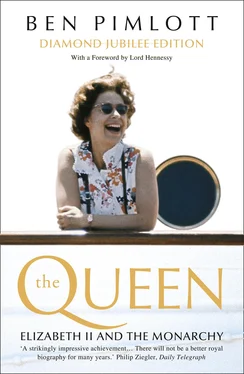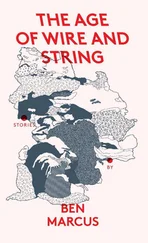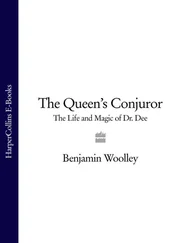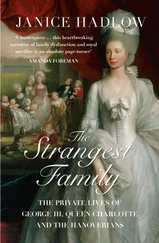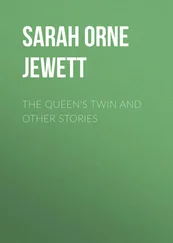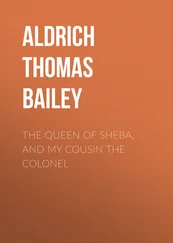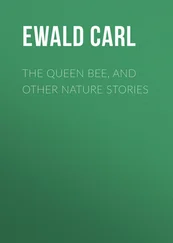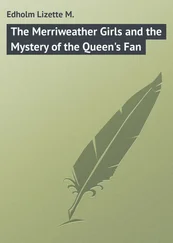There were also other horizon-expanding excursions in addition to the formal round. In May 1948, Tom Driberg complained to Lord Mountbatten that the Princess and Duke had made the wrong kind of visit to the Commons at the wrong time. Before the war, he pointed out, members of the Royal Family had dined informally in private rooms at the House with MPs of the then ruling party. He suggested taking the Princess to the House at Question Time. ‘To get the ethos, the feel, of Parliament’, he wrote, ‘she really ought to watch Bevan, Gaitskell, Harold Wilson, Morrison etc. parrying the everyday cuts, often pretty effectively and wittily.’ 17If this particular suggestion reached Clarence House, it was ignored. However, Driberg’s belief that the Princess had no contact with leading Labour figures was not quite correct. In fact, a meeting with a couple of the Labour politicians on his list had occurred only the month before.
This took the form of a small dinner party held by the Prime Minister and his wife for the royal couple, to which a few of the younger members of the Government, including the President of the Board of Trade, Harold Wilson, and the Minister of Fuel and Power, Hugh Gaitskell, and their wives were invited. The gathering was indeed a strange one. The politicians could not decide whether it was appropriate to admit to the kind of feelings their constituents would have had at such an intimate meeting with royalty, or to put on a show of jacobin disdain. While they waited to greet the royal guests in the drawing room at No 10, they made nervous schoolboy jokes. ‘We had been talking about capital punishment,’ Gaitskell recorded. ‘Harold reminded us that it was still a capital offence to rape a Royal Princess!’ When the Princess and Duke arrived, the ministers and their wives were faced with the problem which often seems to beset prominent socialists in the presence of royalty: whether it was sillier to bow and curtsey, or not to. Dora Gaitskell could hardly bring herself to curtsey, but Mrs Attlee, entering into the spirit of things, ‘suddenly swung round and curtsied low to the Duke.’
After dinner, each minister was summoned to the sofa, to spend a quarter of an hour in conversation with the twenty-two-year-old guest of honour, who must have found the experience as taxing as they did. Gaitskell formed the same opinion as Colville. ‘She had a very pretty voice and quite an easy manner but is not, I think, very interested in politics or affairs generally’, he concluded. She tried hard, but evidently found it more difficult to think of things to say about the fuel economy than about homes for bad girls. Gamely, she remarked that her grandmother’s house was the coldest she knew. Why? inquired the minister. The Princess replied that ‘it was because of her national duty’. 18
Colville’s ambitions to extend his employer’s range (and also to extend his own) did not cease. In February, he proposed that the Princess and the Duke should visit Paris to help strengthen ties with an ally that was beginning to recover its economy and self-confidence after the war. The proposal was accepted by the Foreign Secretary and the King, but at first it encountered difficulties with the royal couple. Elizabeth was enthusiastic about the prospect of a trip that would take her to a city and country she had never visited, and which would be a good deal more exciting than speaking to women’s organizations in the provinces, or sitting on sofas with middle-aged politicians. Philip, on the other hand, who had spent most of his childhood in or around Paris, was less thrilled. He also resented the way Colville did things that affected him without getting his opinion first. There was a row, but eventually he agreed.
The notional purpose of the visit was the opening of the Exhibition of Eight Centuries of British Life at the Musée Galliera in Paris, in a ceremony to take place in the presence of President Auriol on May 14th. The real aim, however, was to give the Anglophile section of the French public a chance to show its sympathies, after a decade of confusion. It was the first official visit by British royalty since the King and Queen had been sent on a similar mission of bridge-building in 1939. The precedent was not entirely propitious: though British royalty had been welcomed on that occasion, the visit had failed in its purpose of helping to create an unbreakable bond between the two peoples. Since 1940, French attitudes towards Britain had contained a complex mixture of emotions, including those of comradeship and suspicion in equal measure.
So it was a gamble – but it worked. The French government did everything in its power to build up the diplomatic importance of the visit, and the French public – mystified and fascinated by the royal wedding – seemed delighted at the opportunity to see and cheer a newly married Princess. The royal party was escorted to Versailles and given lunch at the Grand Trianon, where the tablecloths and napkins had been embroidered with ‘E’s and ‘P’s in their honour. A triumphal progress down the Seine was followed by a dinner and reception at the British embassy, where the Princess glistened with the Nizam of Hyderabad’s jewels; and there were visits, through thick crowds, to Fontainebleau, Barbizon, Vaux-le-Vicomte. It was, said the papers, the Norman Conquest in reverse: Elizabeth had conquered Paris. It helped that the Vicomtesse de Bellaigue had done her work well, and that the Princess spoke almost faultless French. Even the Communist press abandoned its normal silence on such occasions, and paid the Princess the indirect compliment of complaining that the police arrangements for her security made it impossible for ordinary Parisians to get a close enough look. 19
The British Foreign Office privately expressed its satisfaction. ‘The latent enthusiasm of the French people for the pomp and pageantry of monarchy was clearly revealed,’ the British ambassador, Sir Oliver Harvey, wrote to Ernest Bevin. ‘It was an unusual experience to see the townsfolk of Paris cheer an English Princess from the Place de la Bastille.’ Yet the visit caused offence to some. General de Gaulle – opposed both to the current French government and to the Fourth Republic Constitution – was left off the Embassy invitation list, for fear of offending the President, and they had to do make do with the General’s brother, who was President of the Municipal Council of Paris, instead. 20At home, some Scottish church organizations criticized the couple for visiting a racecourse and a Paris nightclub on a Sunday, and hence setting a most regrettable example to the Empire’s youth, ‘who look to their Royal Highnesses for guidance and inspiration’. 21The Princess used the trip as an opportunity to stock up with goods not available in Britain. When she got the HM Customs bill, she startled her private secretary by asking him crossly why he had made a full declaration. 22
The appeal of the Princess to the French lay partly in her international celebrity following the Wedding; partly in her appearance, especially what Colville, a keen connoisseur, described as her ‘beautiful blue eyes and superb natural complexion’; 23and partly in a feeling that she stood for those who had grown up in the war, and could look hopefully ahead. In Britain too, the vision of the Princess as the ambassador, not just of her country, but of her generation, seemed to justify hopes for a freer, more fulfilling future for the war’s young inheritors. Invitations to speak to, and on behalf of, younger people proliferated. At the end of May, she attended a parade of youth organizations in Coventry; later she delighted dons and undergraduates in Oxford with a speech in the Sheldonian in which she declared that the universities were ‘a powerful fortress against the tide of sloth, ignorance and materialism.’ 24
Читать дальше
